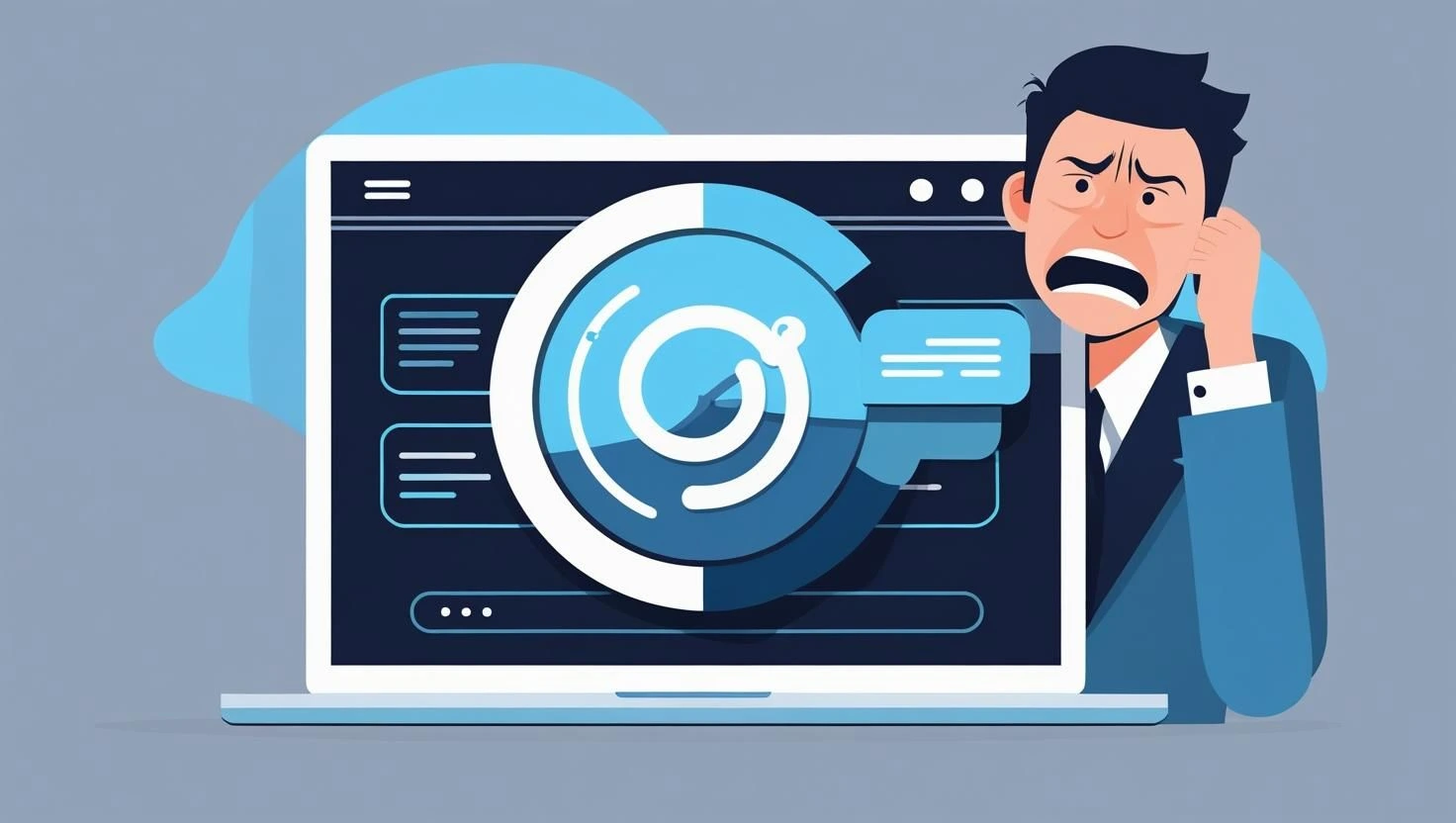Whether you’re a hobbyist or a future digital entrepreneur, blogging in 2025 is more accessible—and competitive—than ever. Here’s your complete blueprint to launching a successful blog today.
Step 1: Define Your Niche
- Choose a niche you’re passionate about and one that has an audience.
- Validate demand using Google Trends, Reddit, and keyword tools like Ahrefs or Ubersuggest.
Step 2: Choose a Blogging Platform
- Beginner-friendly: WordPress.com, Wix, or Medium.
- Flexible/self-hosted: WordPress.org offers full control and monetization potential.
Step 3: Pick a Domain Name
- Keep it short, memorable, and niche-relevant.
- Use tools like Namecheap, GoDaddy, or Spaceship to purchase domains.
- Use keywords if possible (e.g., travelwithsarah.com for a travel blog).
Step 4: Select a Web Host
- Recommended in 2025: SiteGround, Bluehost, Hostinger, or Cloudways.
- Look for 99.9% uptime, SSD storage, and fast support.
Step 5: Install WordPress (or Platform of Choice)
- One-click install via hosting dashboard.
- Choose a lightweight, responsive theme (e.g., Astra, GeneratePress).
Step 6: Design Your Blog
- Customize logo, colors, and typography.
- Install essential plugins:
- SEO: Rank Math or Yoast
- Caching: WP Rocket or W3 Total Cache
- Analytics: Google Site Kit
- Security: Wordfence or iThemes Security
Step 7: Create Core Pages
- About: Tell your story.
- Contact: Include email, form, and social links.
- Privacy Policy & Terms: Especially important for monetized blogs.
Step 8: Plan Your Content Strategy
- Identify 5–10 pillar topics to cover.
- Use a content calendar (Notion, Trello) to stay consistent.
- Mix evergreen articles with trending topics.
Step 9: Write and Publish High-Quality Posts
- Ideal post length: 1,500–2,500 words.
- Optimize for SEO: Keywords, meta titles, alt tags.
- Include internal links to your own posts and external sources.
Step 10: Promote Your Blog
- Use social media (Twitter, Instagram, LinkedIn, Threads).
- Join niche communities (Facebook groups, Reddit subs).
- Guest post on relevant blogs for backlinks.
Step 11: Monetize Your Blog
- Ad revenue: Google AdSense, Ezoic.
- Affiliate marketing: Amazon Associates, ShareASale.
- Digital products: Courses, eBooks, templates.
- Sponsored content: Partner with brands in your niche.
Step 12: Track, Analyze, Improve
- Set up Google Analytics and Search Console.
- Monitor bounce rate, average time on page, and top-performing posts.
- Update outdated content regularly.




